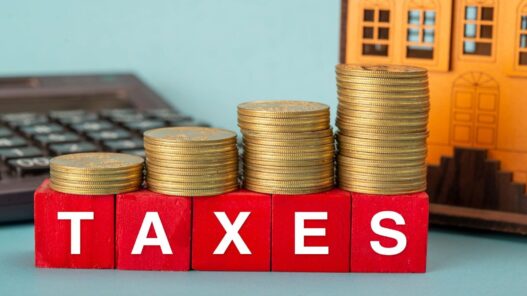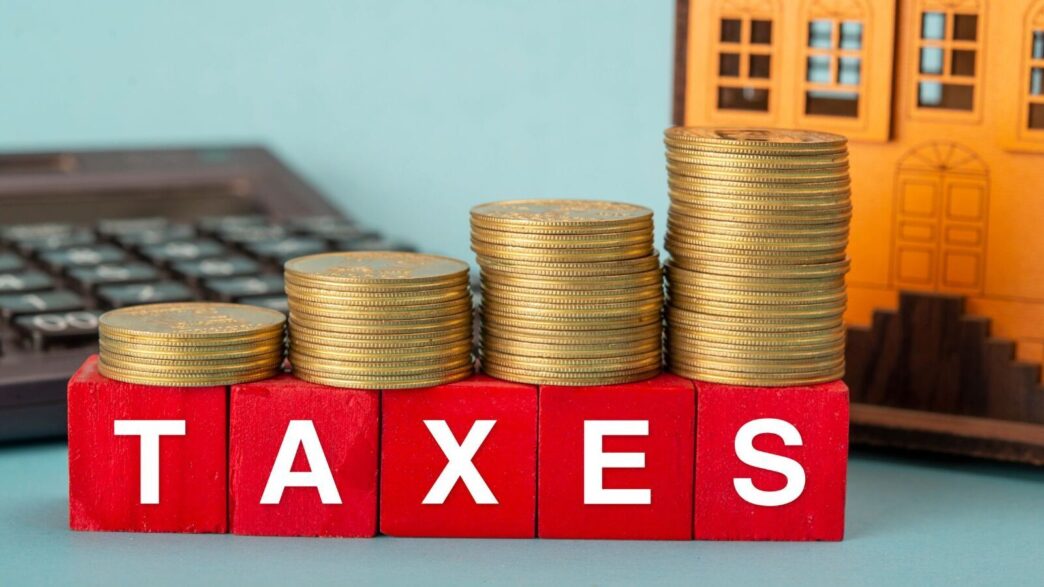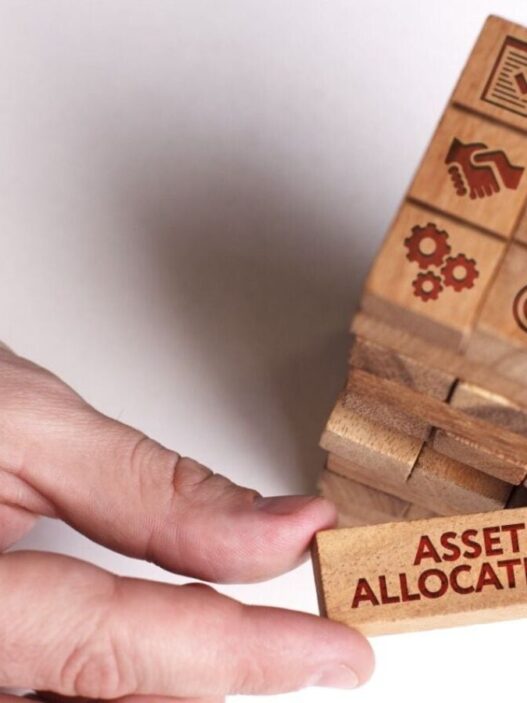In 2020, the Government of India introduced a new tax regime that offered concessional tax rates while scrapping most of the deductions and exemptions offered under the old tax regime.
Most small taxpayers were – until then – accustomed to claiming exemptions and deductions against the investments they made during the financial year. This was becoming history with the rollout of the new tax regime. However, taxpayers were given the discretion of whether to opt for the new regime or not.
Three years later, in 2023, the government took a step further by making the new tax regime the default regime. This means the tax computation takes place under the new tax regime, and if someone wants to file returns under the old tax regime, they have to opt out of the default, aka new regime, first.
Although most of the deductions are not allowed under the new tax regime, there are some allowances that are still exempt under the new tax regime.
Allowances exempt under the new tax regime
1. Cost of travel: Any allowance granted for meeting the cost of travel on tour or transfer.
2 During transfer: Any allowance, whether, granted on tour or for the period of journey in connection with transfer, to meet the ordinary daily charges incurred by an employee on account of absence from his normal place of duty
3. Conveyance: Any allowance granted for meeting the expenditure incurred on conveyance in the performance of duties of an office or employment of profit if the free conveyance is not provided by the employer; and
4. For disabled: Transport allowance granted to an employee who is blind or deaf and dumb or orthopedically handicapped with a disability of lower extremities, to meet their expenditure for commuting between the place of their residence and the place of their duty.
Exemptions not allowed in the new tax regime:
1. Travel concession: Exemption with respect to travel concession or assistance as covered in section 10(5)
2. House rent allowance: HRA exemption as covered in section 10(13A)
3. Other allowance: Any other allowance as covered in section 10(14) or section 10(17)
4. Entertainment allowance: Entertainment allowance and professional tax as covered in section 16(ii) and section 16(iii) respectively
Besides these, one can claim some special exemptions and deductions under the following provisions.
Deductions allowed in the new tax regime:
I. Deduction under section 80 CCD(2): This is available on the employer’s contribution to NPS.
II. Deduction under section 80CCH: This is meant to provide tax exemptions for income gained via the Agnipath scheme.
III. Deduction under section 80JJAA: This allows eligible businesses to claim a deduction for hiring new employees
Standard deduction benefit
In 2023, the finance minister announced the new tax regime as the default regime. The rebate limit was raised to ₹7 lakh (which has now reached ₹12 lakh).
Besides this, the benefit of standard deduction was extended to the taxpayers of the new tax regime as well.
The highest surcharge was cut down from 37 per cent to 25 per cent in the new tax regime, bringing the maximum tax rate from 42.74 per cent to 39 per cent.
Latest changes
In Budget 2025, the finance minister introduced these tax slabs, enabling taxpayers to claim these tax savings:
Tax slabs
| ₹0-4 lakh | Nil |
|---|---|
| ₹4-8 lakh | 5 per cent |
| ₹8-12 lakh | 10 per cent |
| ₹12-16 lakh | 15 per cent |
| ₹16-20 lakh | 20 per cent |
| ₹20- 24 lakh | 25 per cent |
| Above ₹24 lakh | 30 per cent |
A taxpayer under the new regime with an income of ₹12 lakh will get a tax benefit of ₹80,000 (which amounts to the entire tax payable as per existing rates). A person earning ₹18 lakh will get a tax benefit of ₹70,000 in tax (amounts to 30 per cent of the total tax payable per existing rates).
Also, a taxpayer with an income of ₹25 lakh gets a benefit of ₹1,10,000 (25 per cent of his tax payable per the existing rates).
Catch all the Instant Personal Loan, Business Loan, Business News, Money news, Breaking News Events and Latest News Updates on Live Mint. Download The Mint News App to get Daily Market Updates.
MoreLess












